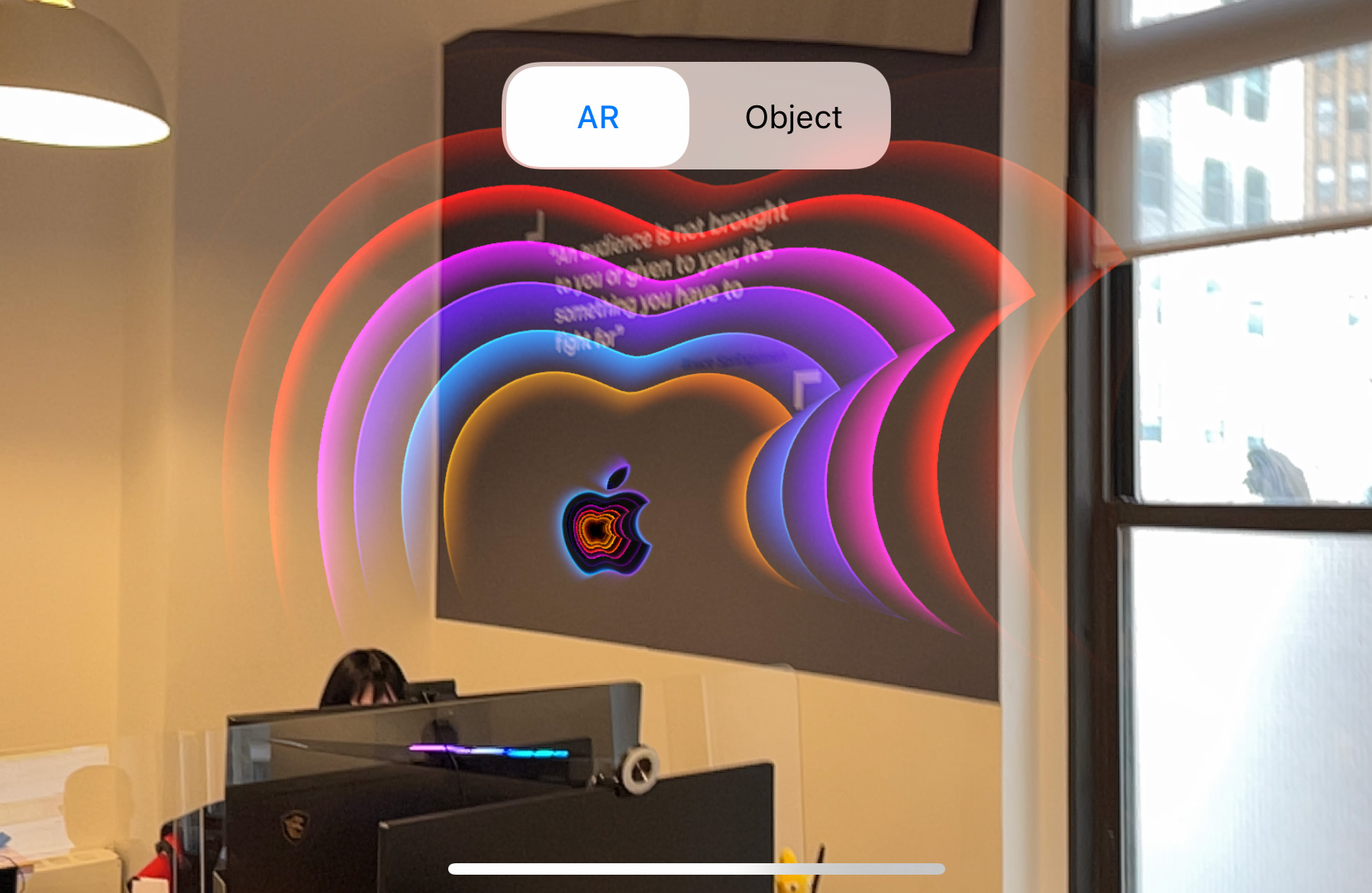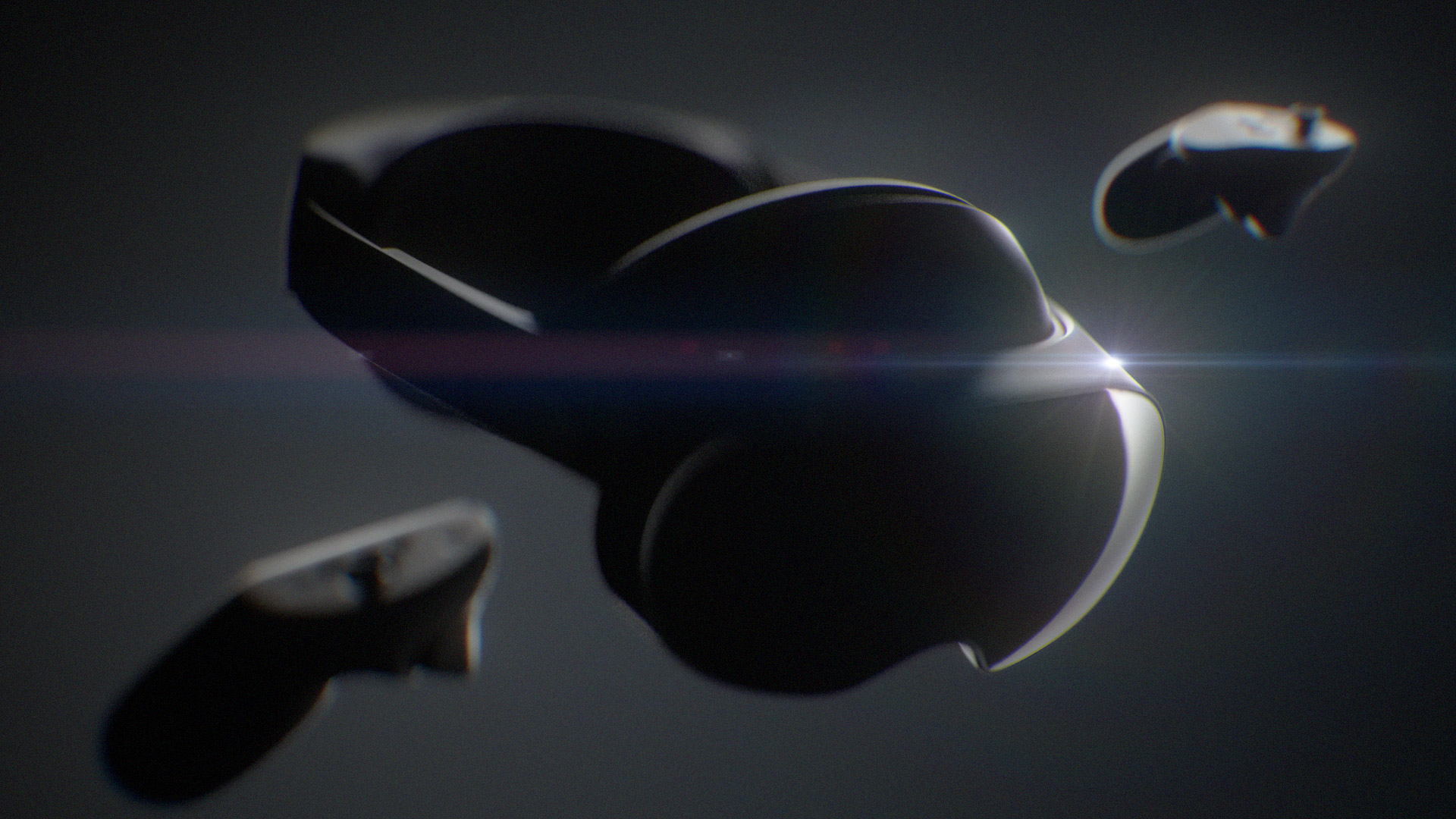Against the odds, the Apple VR/AR headset could be nearing launch
What's taking the Apple headset so long?

Apple’s long-rumored MR headset that will have both VR and AR capabilities has just been demoed for the company’s top executives, according to those familiar with the project.
Despite rumors that the device was still stuck in development hell (with constantly changing plans caused by infeasible designs and internal strife at the company) Bloomberg reports that the Apple headset may be further along with production than expected. Apple’s board of directors (made up of eight independent directors and CEO Tim Cook) supposedly saw it in action recently, alongside a demo of its realityOS software.
If true, this could be a sign that Apple will unveil the headset at some point in the near future – potentially at WWDC 2022 or during one of the events it holds in Autumn (September, October, and November).
This could also mean that its Apple Glasses are one step closer to being announced. However, their current release date has been predicted to be as far away as 2025, so don’t hold your breath.
Apple’s headset has been nearly here before
There were a few clues that Apple’s headset was meant to be revealed earlier this year at its March Peek Performance event.
The first hint was the event’s name. Peek Performance is a play on Peak Performance – which typically means something is performing at its optimum capabilities. Swapping in the homonym Peek – a synonym for look – gave us the impression we’d be given a glimpse of Apple’s MR headset (a premium device designed for visual experiences).
Additionally, Peek Performance’s logo could be rendered as an AR object if you tapped on it while browsing the Apple Events page using Safari on your iPhone or iPad. That being said, this AR feature was also available with previous logos.
Get daily insight, inspiration and deals in your inbox
Sign up for breaking news, reviews, opinion, top tech deals, and more.

While not a guarantee by any stretch, it felt like the event would have an AR focus in some way. It didn’t. At all.
Instead, we were left to accept that the rumors the headset was delayed until 2023 were likely true. Even so, we couldn't shake the nagging feeling that the headset was held back from the Peek Performance event and that left us wondering why.
Analysis: Why is making the Apple headset so difficult?
Oculus (now Meta) has been making wireless VR headsets like the Quest 2 for years, HTC has a few under its belt, and there are countless other brands offering standalone AR and VR devices. Why is Apple so far behind?
Given how secretive Apple is, it’s impossible to know for certain. But based on our experience covering the company and on the headset rumors we’ve heard, we think we have a good idea.
From the sounds of things, Apple has consistently tried to bite off more than it can chew during this project.
While you always have to take rumors with a pinch of salt, what we’ve heard matches up with Apple’s approach to its modern tech. What Apple sometimes lacks in innovation, it more than makes up for in perfection.
A certain feature might have been available on your Samsung smartphone for several years, but Apple’s version will almost always provide a superior experience once it finally rolls out. Similarly, while VR and AR headsets are nothing new, Apple wants its device to be better than anything that’s come before.
In Apple’s eyes, the perfect headset would be lightweight and have incredible specs. However, these factors are often mutually exclusive. Better screens and lens setups, more powerful processors, and larger batteries would all add bulk to the wearable headset, while lighter components would be less able to provide high-end performance.

Apple's R&D department has likely found ways to innovate on the tech that’s out there, but according to people that are familiar with the project, it has also struggled to find solutions to all of its issues.
One example includes a report that it planned to use replaceable batteries to allow the headset to run for eight hours, but this design was far too complex. Another is Apple's shift from its original 150g weight limit for the headset to between 300g and 400g so that it can achieve the desired performance.
With its carefully cultivated image as a brand that creates best-in-class tech, Apple likely found itself caught in a dilemma: release the sub-optimal headset it has, or continue to burn through its budget in search of something better.
For some time, the latter decision has been its way forward, meaning the expected release date has been pushed further and further down the road. Now though, it sounds like Apple could finally have an MR headset it can show off to the world – or at least the most important people at its company.
If that's the case, we might not have to wait much longer to see what its first-generation MR headset is capable of. But will it be the perfect headset it originally planned or just one that will make do?

Hamish is a Senior Staff Writer for TechRadar and you’ll see his name appearing on articles across nearly every topic on the site from smart home deals to speaker reviews to graphics card news and everything in between. He uses his broad range of knowledge to help explain the latest gadgets and if they’re a must-buy or a fad fueled by hype. Though his specialty is writing about everything going on in the world of virtual reality and augmented reality.